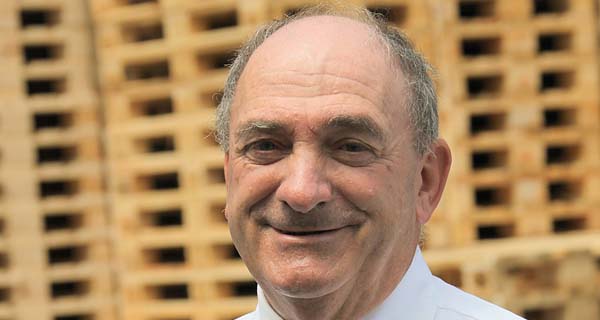
The latest acquisition in Basilicata, a 12 million euro investment for the new Viggianello plant, in the Pollino National Park, reinforces the production network of a group that has identified the most effective path to responsible growth in strategic territorial placement both in Italy and abroad, thereby reducing logistical impact and at the same time creating value in the local area. “Bringing production closer to your consumers halves CO2 emissions and also has an important social function” confirmed Enrico Zoppas, chairman of San Benedetto who, at the helm of his beverage company, which saw a 2014 turnover that matched that of the year before (681.3 million euros), has steered through market highs and lows with just one clear lighthouse: sustainable development. “To resist, and even invest, in a market that dropped two figures last summer, you need to keep a very clear strategy in mind” he explains from the group’s historic HQ in Scorzè. “We have known since 2008 that we were witnessing a revolution: lifestyles were changing radically, the relationships between industry and distribution, the connection between company and society, the political world. And we decided to respond equally radically: we placed sustainability at the core of our business and this has allowed us to be more efficient and therefore more competitive. We have invested in quality, in promoting local territory and reducing environmental impact and all this has translated into a winning offer from the consumer’s perspective.”
Does this logic apply abroad as well?
Of course. We have established some strategic locations in Spain, Poland and Hungary and it has always been a positive experience: all three grow by double figures each year, confirming the effectiveness of our strategy. It is also proof that ethical choices can have significant return in economic terms. Here’s just one example: as producers in Spain, we already have a 14% share of the market and similar results in Poland and Hungary.
So you will continue to establish these strategic locations?
We are assessing whether or not to go ahead with other similar operations, given that the model works.
Which areas are you considering?
Negotiations are underway in Europe, which we will close in 2015.
And outside Europe?
We might launch in America. We are ready in terms of technology, but we need to very carefully assess our marketing strategy and potential target.
Apart from relocating, how important is export for you?
Very, considering we have enormous potential for growth. We currently have a turnover of approximately 42 million euros abroad, which is 7/8% of our revenue, but we want to double that figure in three years.
What are your target countries?
The European countries are most important to us: Germany, France and England. Followed by Canada, China, Japan and Australia. We specifically want to see accelerate development in the USA in the coming years, following the Russian example, where we increased our figures tenfold in a year.
The restaurant industry is a crucial channel in order to become an approved supplier abroad: how do you control this?
By working alongside great chefs such as Vissani and Cipriani and, more generally, supporting those who promote the true values of Made in Italy around the world. It is a question of communicating our Italian food culture, which has still not taken root on many markets.
Have you tried to establish partnerships with other Italian brands?
We are in constant contact with leading companies such as Barilla, De Cecco, Rana, Zonin, Zanetti, etc. We try to establish synergies in order o develop activity together on foreign markets, but also to gauge what negotiations might be possible as a group with large international retailers. Critical mass and top quality are two cards that should be played well.
